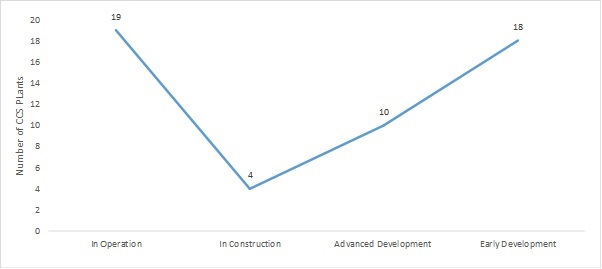
However, the technology worked to produce more oil. After using the CO 2, they vented the gas, so there was no real climate advantage. In 1972, they began the world’s first CCS project, using waste carbon dioxide from a gas field 400 kilometers away, near the Mexican border, shipping it north through a pipeline, and using the gas to extend the life of their Scurry field. In 1948, Chevron discovered a promising field in Scurry County, Texas, which showed signs of depletion by 1951. It might take decades for the public to figure out that they had been filched. Industry insiders publicly claimed that they could capture and store the dangerous CO 2, using public money of course, while secretly planning to use this captured CO 2 for enhanced oil recovery, which would create more carbon emissions. Thus the Great Carbon Capture Scam was born. Furthermore, by 1965, even the American Petroleum Institute had anticipated the “catastrophic consequences” of carbon dioxide emissions. However, these technologies were expensive and reduced their gargantuan profit margins. They developed certain “enhanced oil recovery” technologies to extend the life of depleted oil fields, by fracking and by pumping carbon dioxide (CO 2) into old wells.

Oil industry geologists knew in the 1950s that all oil fields would deplete over time, as pressure dropped in rock formations and the oil would no longer flow. © Greenpeace / Colin O'Connor How the scam works A thick layer of smog hovers above the ground while smoke continues to pour out of the smoke stacks at the oil refinery. Thus, the patriarchs of petroleum profiteering came up with “carbon capture,” a deception that has netted them billions of dollars and euros in public money.Įven the Intergovernmental Panel on Climate Change (IPCC) has enabled the scam, since most IPCC climate models require carbon capture and storage (CCS) to balance the carbon books, always of course, at some time in the distant future.


Since the oil industry - Shell, Chevron, and others - were not prepared to actually slow oil production to halt global heating, and since they had no intention of aiming for zero carbon emissions, they invented “net zero.” The “net” requires that we subtract some carbon from total emissions to create the illusion of “zero” emissions. If one had no moral compass, one might say their scam was a stroke of genius. The industry devised a plan to swindle money from the public purse by pretending to address the climate issue while using subsidies to increase oil production. We know that oil companies hid knowledge of global heating for decades, but the captains of petroleum also schemed to turn the ecological crisis into a profit centre.


 0 kommentar(er)
0 kommentar(er)
